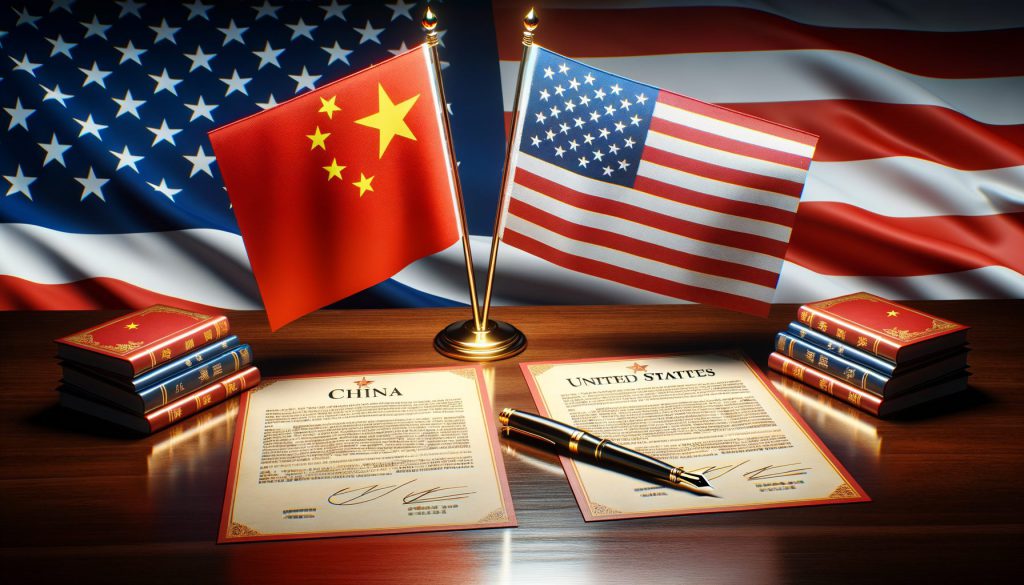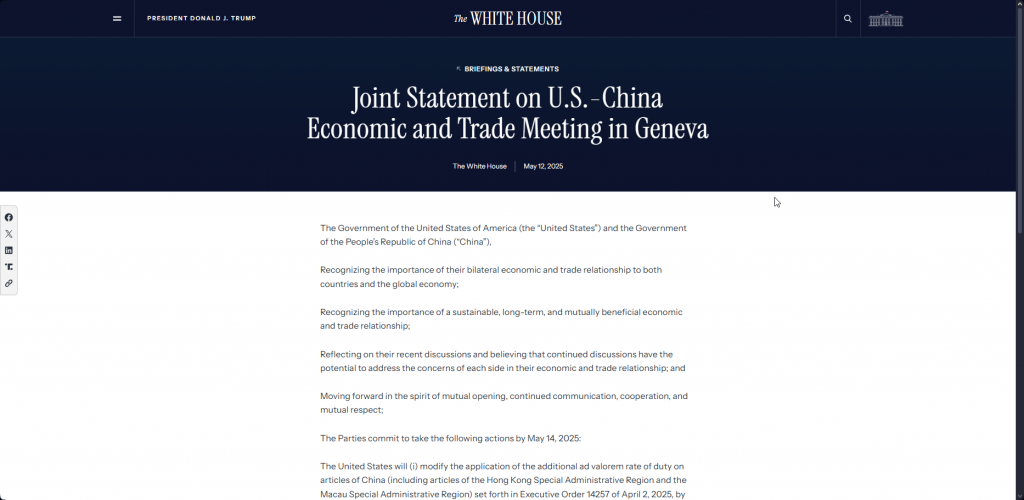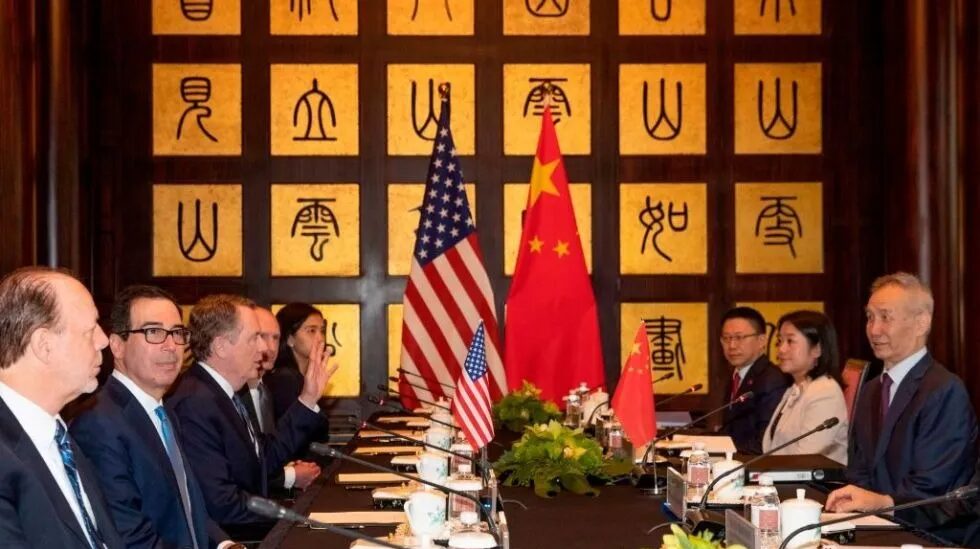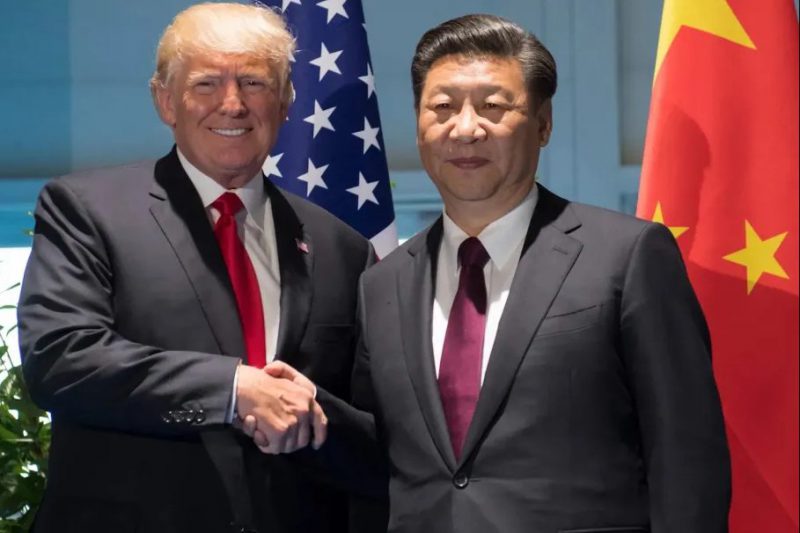US China tariff reduction has been announced just this week following some really intensive and high-stakes talks in Geneva, and it’s marking a significant shift in the ongoing trade war between the world’s largest economies. Right now, the United States will be cutting tariffs on Chinese imports from an enormous 145% down to 30% for an initial period of about 90 days, while China is also going to lower its duties on American goods from 125% to 10% during this same timeframe.
BREAKING: 🇺🇸🇨🇳 United States cuts tariffs on Chinese goods from 145% to 30% for 90 days.
— Watcher.Guru (@WatcherGuru) May 12, 2025
China lowers tariffs on US from 125% to 10% for 90 days. pic.twitter.com/FaRJfZA1hu
Also Read: Bitcoin: AI Predicts Bitcoin’s Price If Zuckerberg Adds BTC To Meta
Trade War Relief: How The Geneva Economic Talks Will Impact Markets And Ease Regulatory Uncertainty


The recent breakthrough in US-China trade relations comes after two full days of high-level negotiations in Switzerland. This US China tariff reduction actually represents the first major de-escalation since President Trump imposed those sweeping tariffs earlier this year, and many experts believe it could help stabilize the global economy.
Key Elements of the Geneva Agreement
According to the joint statement that was released by the White House, both nations have committed to take specific actions by May 14, 2025. The US China tariff reduction includes the United States suspending 24 percentage points of its tariff rate for 90 days, while still maintaining a 10% baseline tariff on Chinese goods.

Treasury Secretary Scott Bessent stated:
“I’m happy to report that we made substantial progress between the United States and China in the very important trade talks. The talks were productive.”
Chinese Vice Premier He Lifeng described the discussions as:
“Candid, in-depth and constructive. The meeting achieved substantial progress and reached important consensus.”
Market Impact of Tariff Reductions


The sharp reduction of US-China tariffs is likely to greatly soothe volatile markets that have had to cope with uncertainty for the past months. Economic projection suggested that US imports would be reduced at least by 20% yearly while Chinese imports reduced significantly to 75 – 80% by the second half of the 2025.
US Trade Representative Jamieson Greer highlighted:
“This was, as the Secretary pointed out, a very constructive two days. It’s important to understand how quickly we were able to come to agreement, which reflects that perhaps the differences were not so large as maybe thought.”
Also Read: Top 3 Cryptocurrencies That Could Climb To New Peaks This Week
Future of US-China Trade Relations


The agreement also establishes a mechanism for continued discussions, with representatives from both sides meeting alternately in China, the United States, or perhaps even a third country. This kind of structured approach aims to ease the regulatory uncertainty that has plagued businesses for months now.
Previously, Secretary Bessent had noted:
“Neither side believes that these are sustainable levels. As I said yesterday, this is the equivalent of an embargo and a break between the two countries in trade does not suit anyone’s interest.”
President Trump described the talks as negotiating:
“A total reset… in a friendly, but constructive, manner.”
Always the United States tries to fix its large trade disparity with the China, which amounts to about $295 billion at present. At the same time, China has repeatedly called for lower tariffs, even playing field for international negotiations, and clearer purposes when it comes to trade objectives.
Also Read: 1inch Adds Solana, Co-Founder Says Bitcoin Is Next for DeFi Swaps
Having this temporary tariff reduction, currently, observers talk of a cooling off period which might lead to long term and stabilizing solutions between both sides to their persistent trade disagreements.





